Fontana Pretoria (1554-55) - the Fountain of Shame
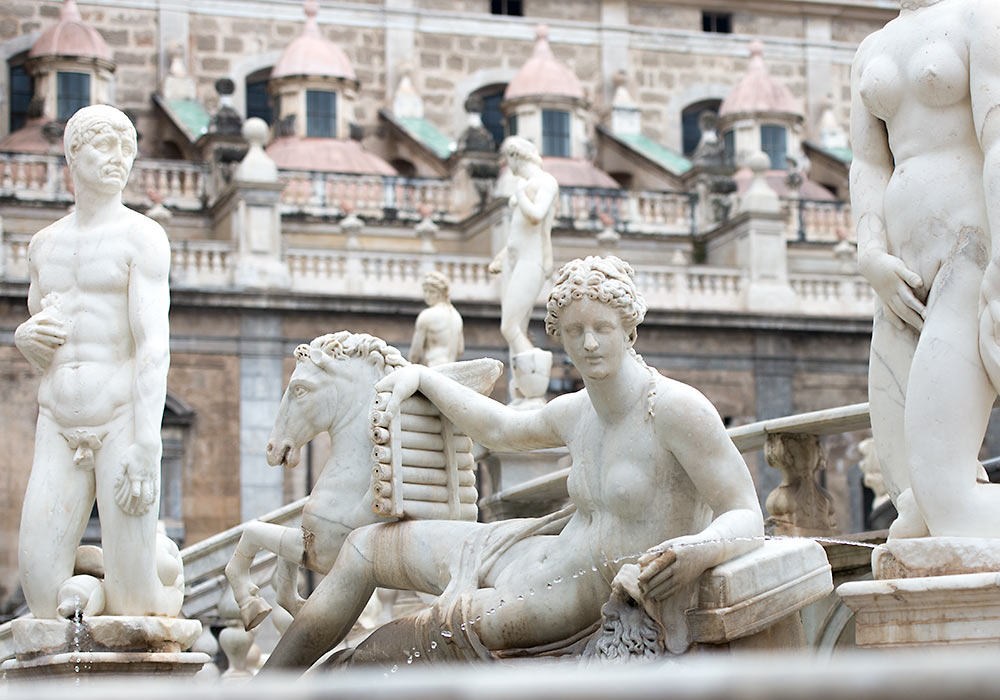
The Fountain of Shame is a spectacular landmark that occupies almost the whole of the Piazza Pretoria in the heart of the historic center of Palermo, close to the town Hall Palazzo Pretorio, Via Maqueda, the famous Quattro Canti, the Church of San Giuseppe dei Padri Teatini, and the Church of Santa Caterina d'Alessandria.
The fountain was built in the 16th century and is considered one of the most important examples of High Renaissance architecture in Sicily. The basin is decorated with some 50 marvellous statues of monsters, harpies, sirens and tritons.
The fountain, designed by Francesco Camilliani, was originally designed for the gardens of the Tuscan villa of Peter of Toledo. The construction took nearly 30 years to complete.
The fountain features numerous statues and reliefs depicting mythological creatures and scenes, as well as the four seasons and the twelve Olympian gods.
Many Palermitans objected to the nude figures, and it was even rumored that the fountain's waters were infected with syphilis, which earned it the nickname, the Fountain of Shame.
Today, however, the Fontana Pretoria is considered one of Palermo's most iconic landmarks and is much admired and a great place for photographers who want to photograph the fountain's intricate details and wonderful surroundings.
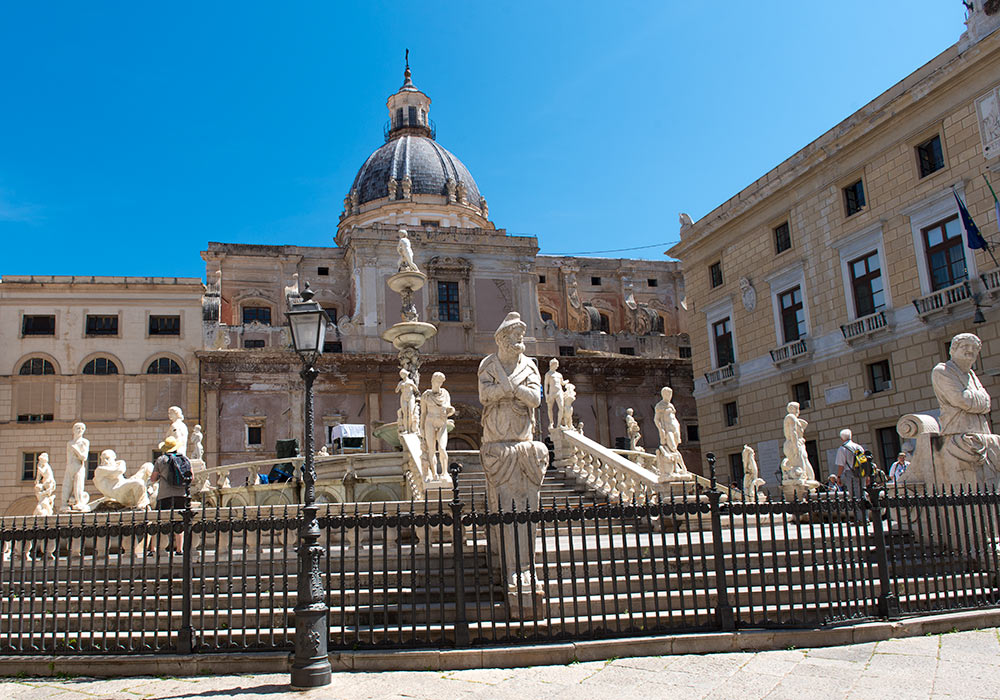
The monument is opened to the public now and then. There is no information about opening hours. In the background you see the dome of Chiesa di San Giuseppe dei Teatini. The dome was made by Giuseppe Mariani.
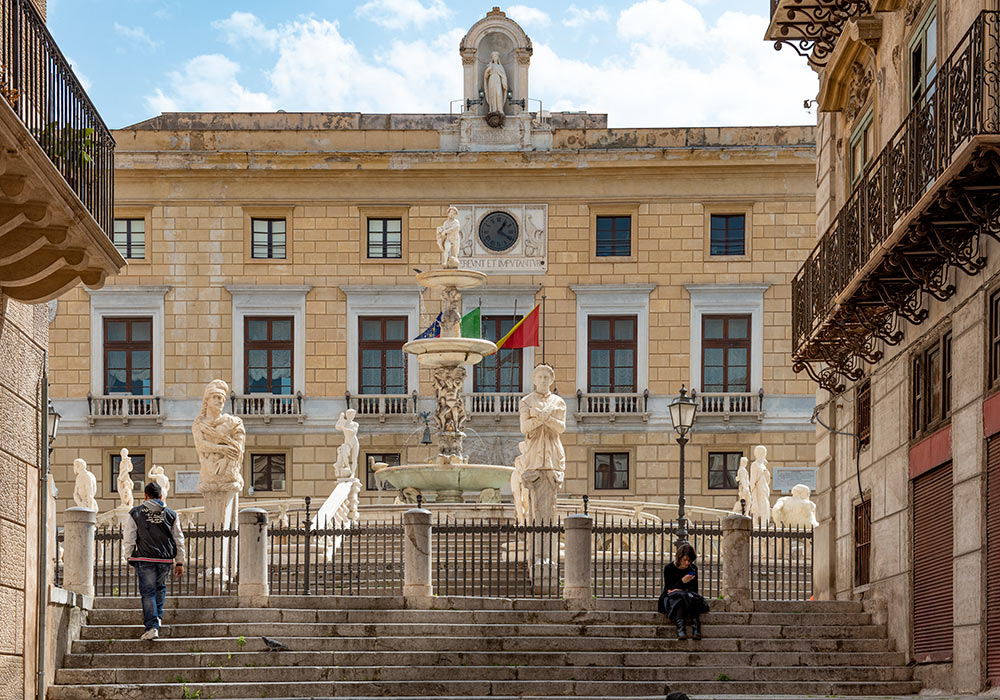
Fontana Pretoria with the Town Hall in the background.
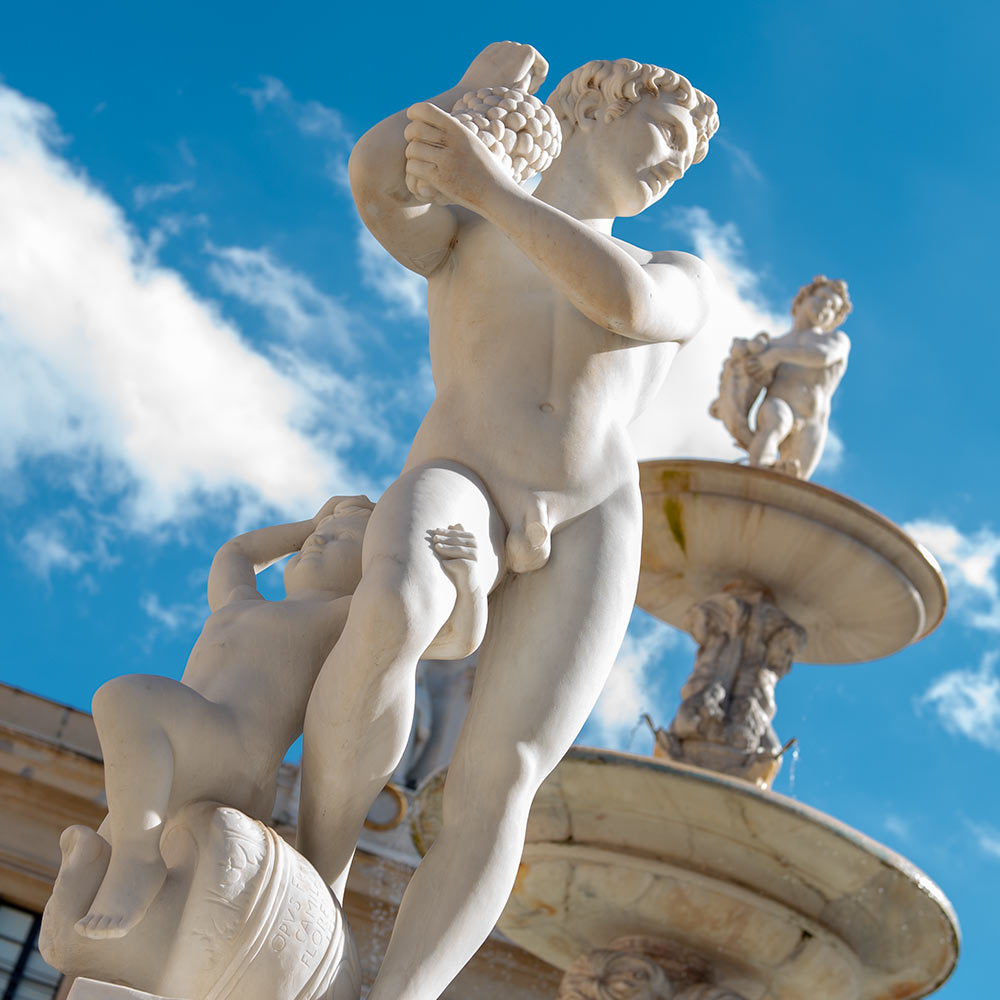
Detail of a statue in front of the fountain.
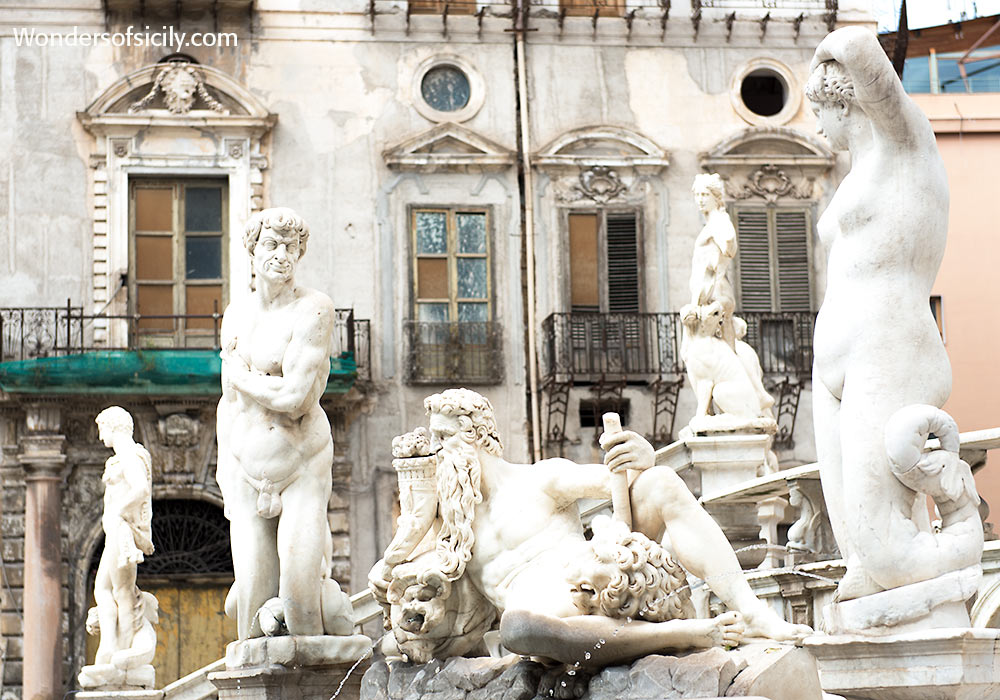
Fontana Pretoria (1554-55), also known as the Fountain of Shame on Piazza Pretoria near the Quattro Canti intersection in Palermo. Goethe was appalled when he visited Palermo in 1787. Occasionally the gates are opened so that the visitors can wander freely around among the more or less grotesque sculptures.
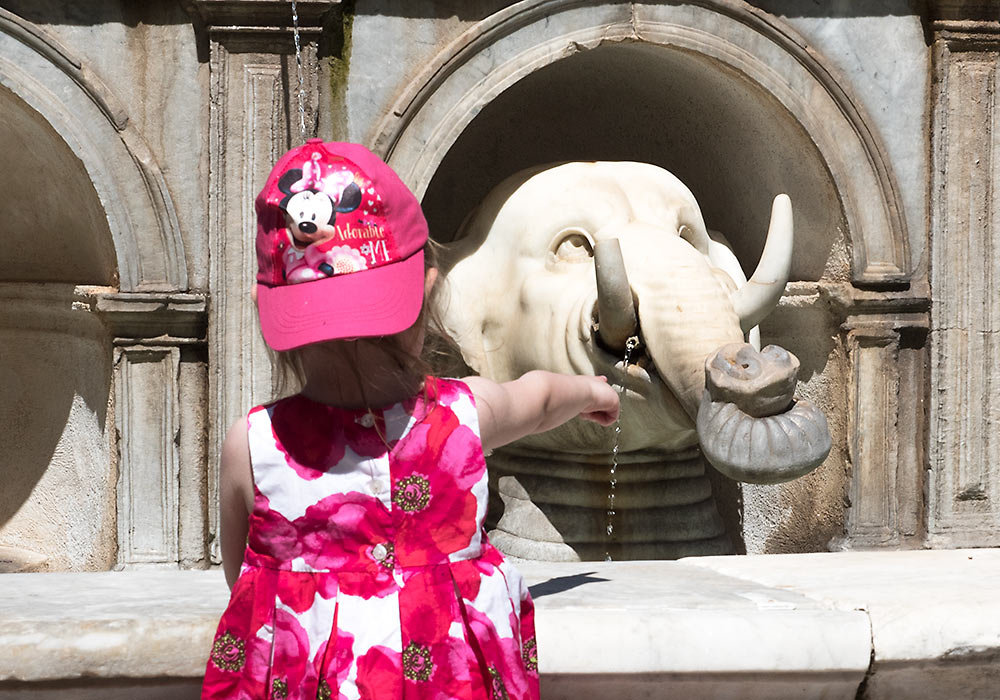
The High Renaissance fountain (1554–1555) on Piazza Pretoria is designed by Francesco Camilliani, but it was not assembled and enlarged before 1573. The basin is decorated with more than 50 statues of all kinds of animals, monsters, harpies, sirens and tritons. The Palermitans call it Fontana della Vergogna (Fountain of Shame). Goethe visited Sicily in 1787, and was appalled when he saw the fountain, and even more appalled when he later visited Villa Palagonia in Bagheria.
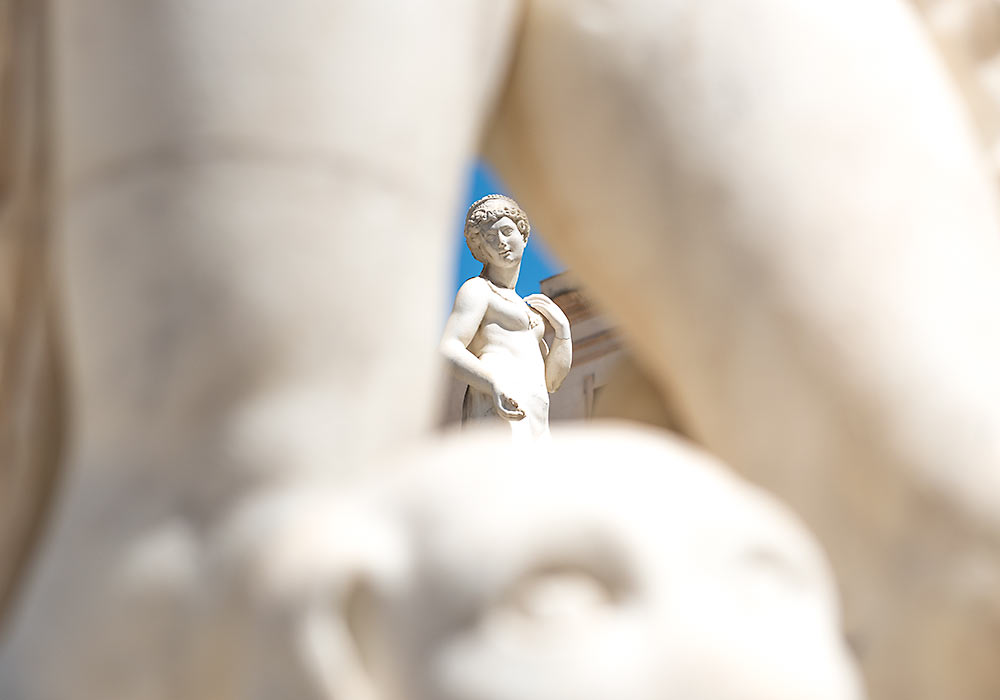
Fontana Pretoria is a perfect place for photographers to experiment with composition.
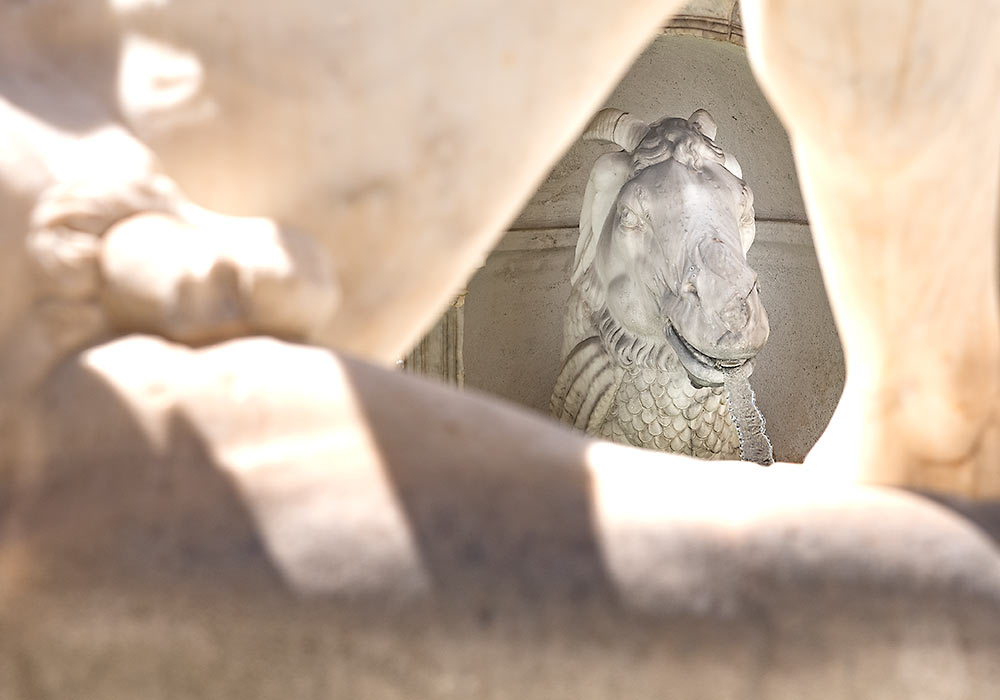
Mixed creatures.
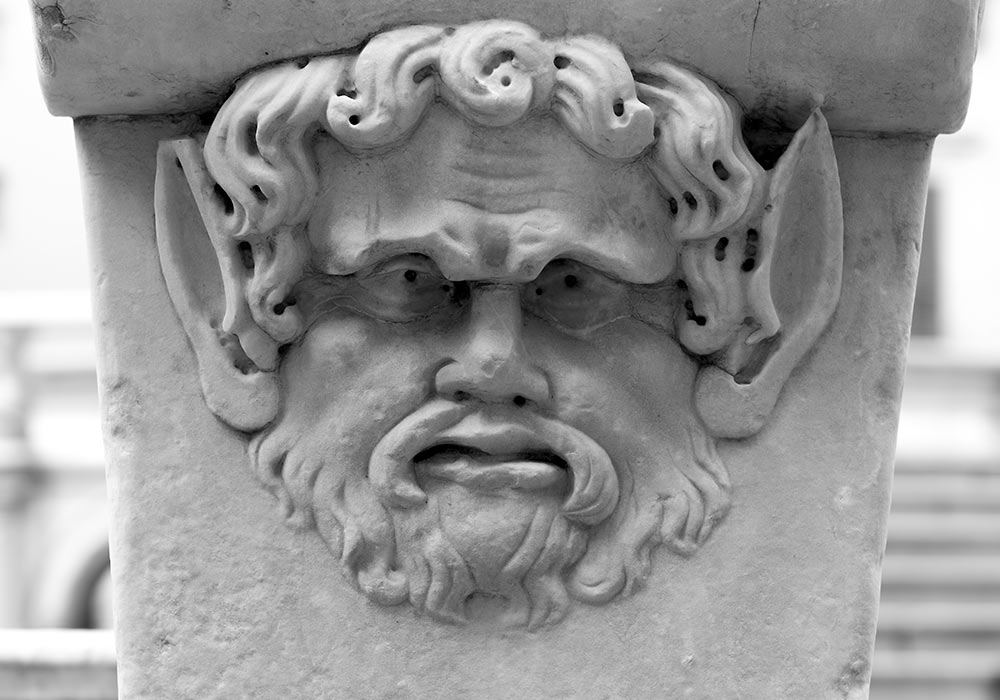
Relief at Fontana Pretoria in Palermo.
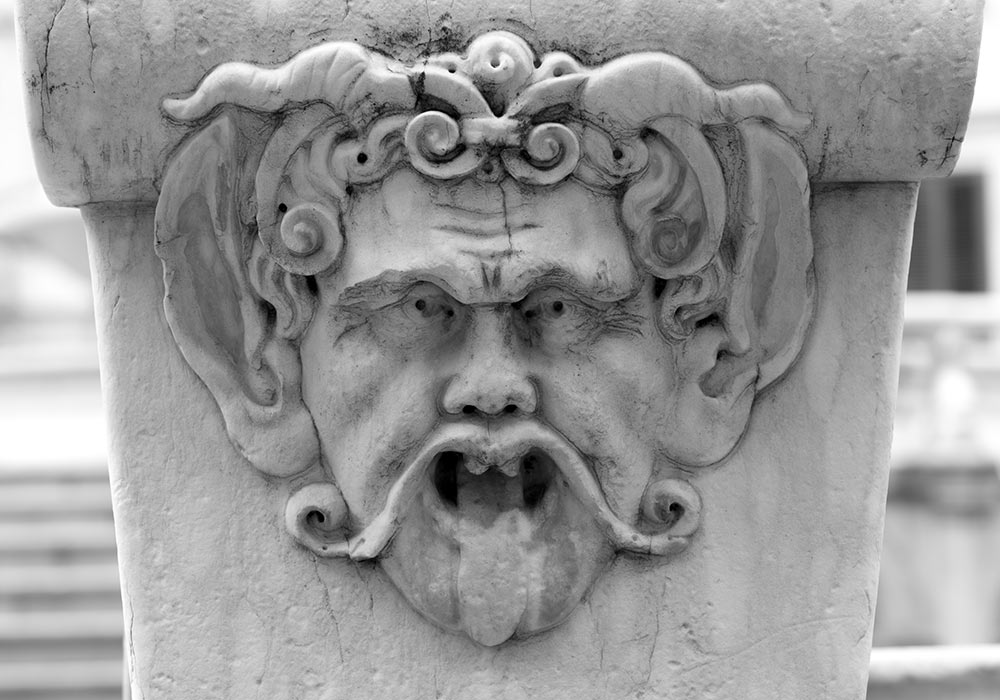
Fontana Pretoria, Palermo (relief).
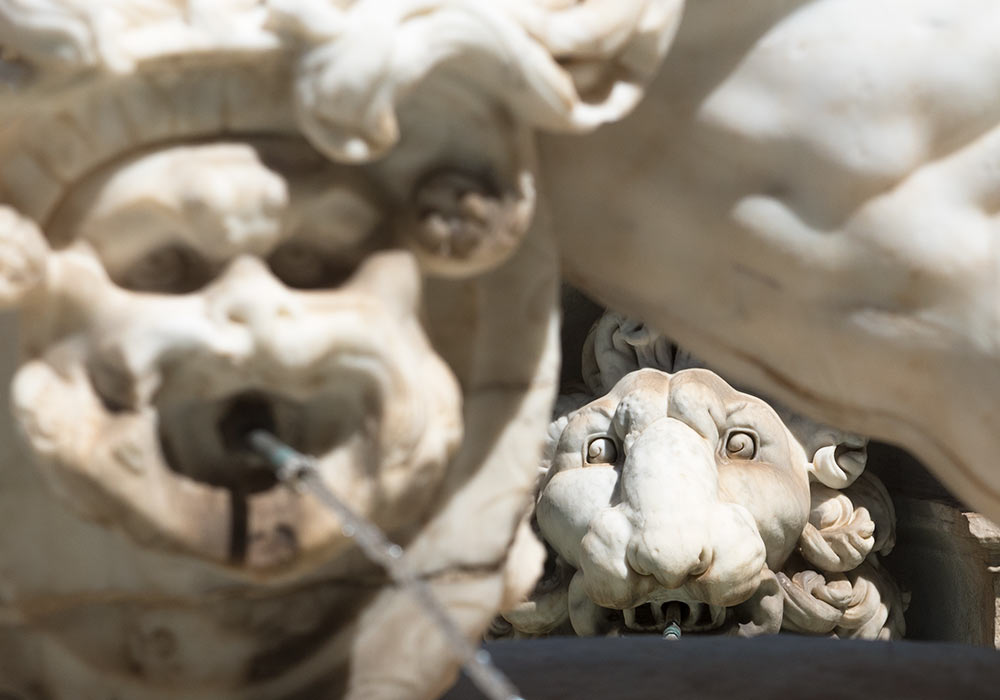
In the niches around the fountain, you can see the most grotesque and strange creatures.
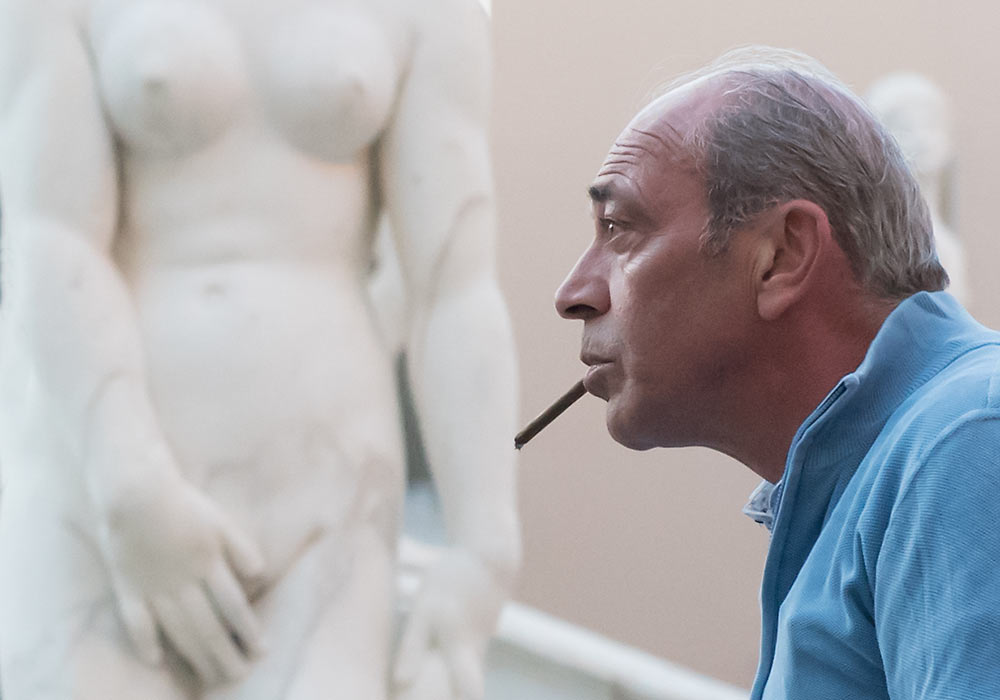
Man resting at the Fountain of Shame. Paging Mr. Freud.
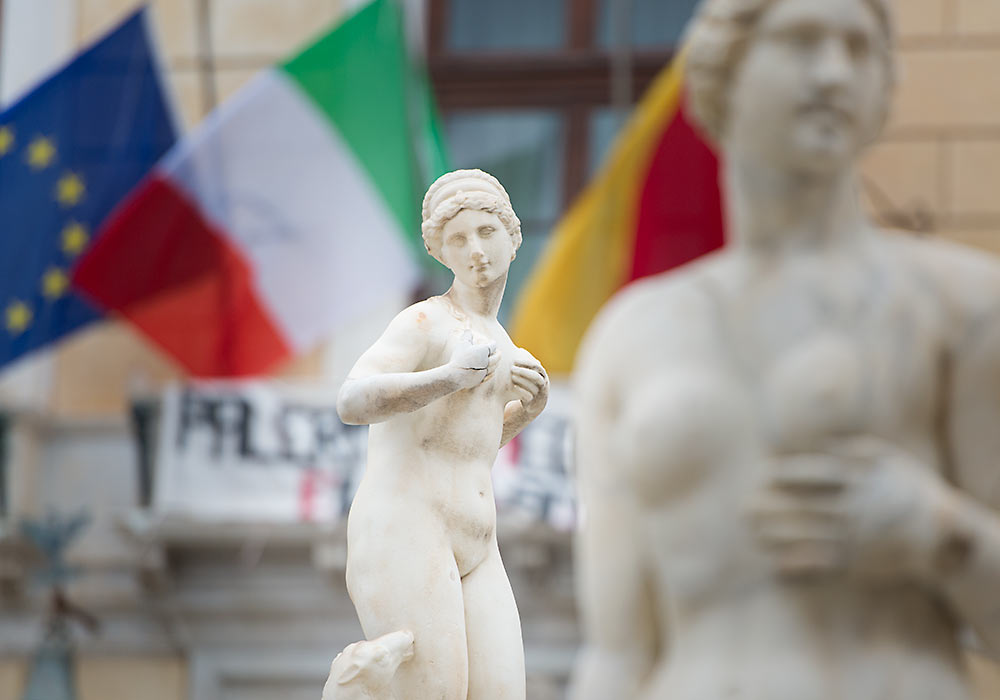
Fontana della Vergogna (Fountain of Shame), Palermo.
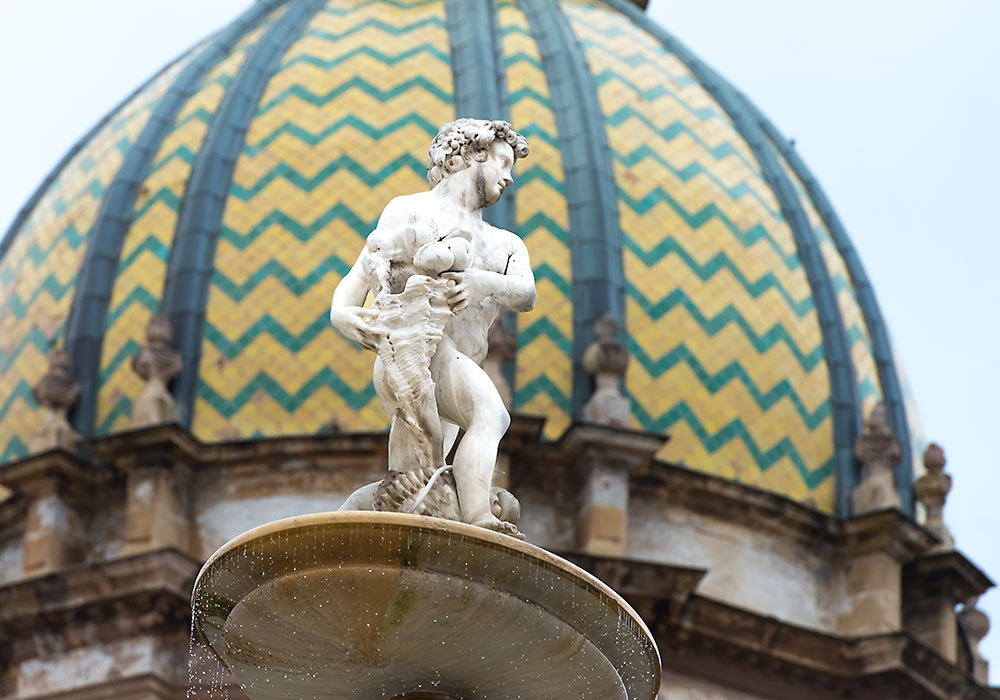
In the background you see the dome (cupola) of Chiesa di San Giuseppe dei Teatini. The dome was made by Giuseppe Mariani.
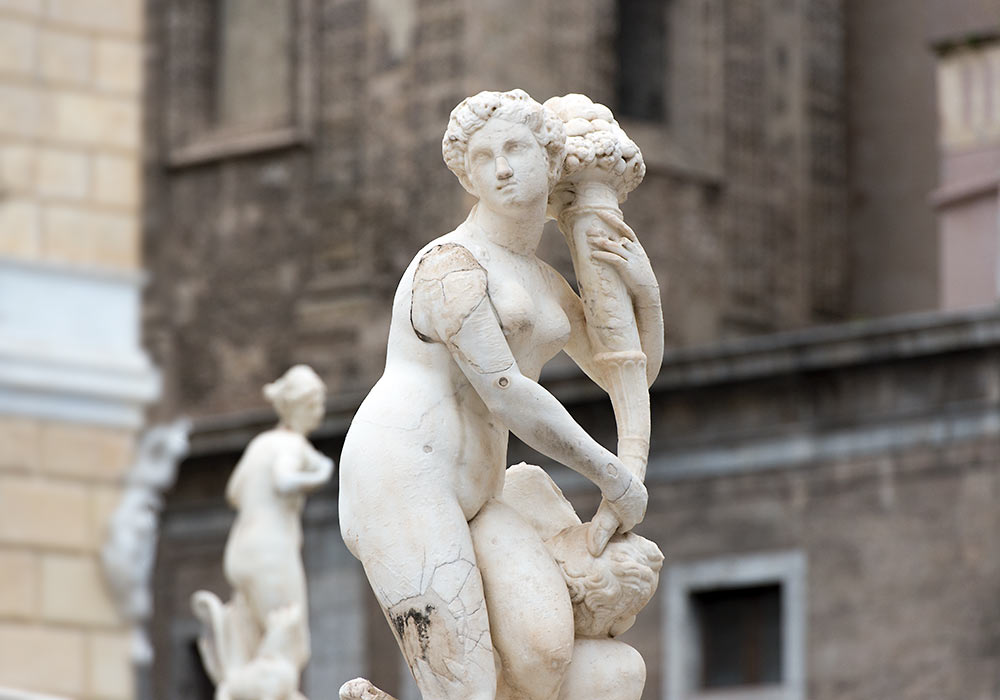
Fontana della Vergogna.
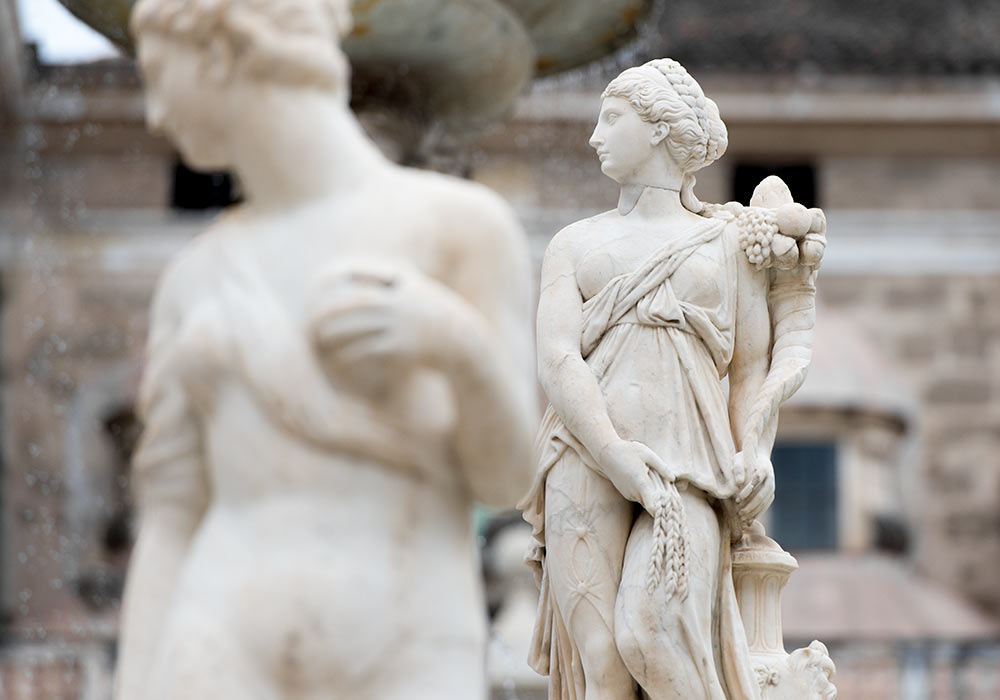
Fontana della Vergogna.

